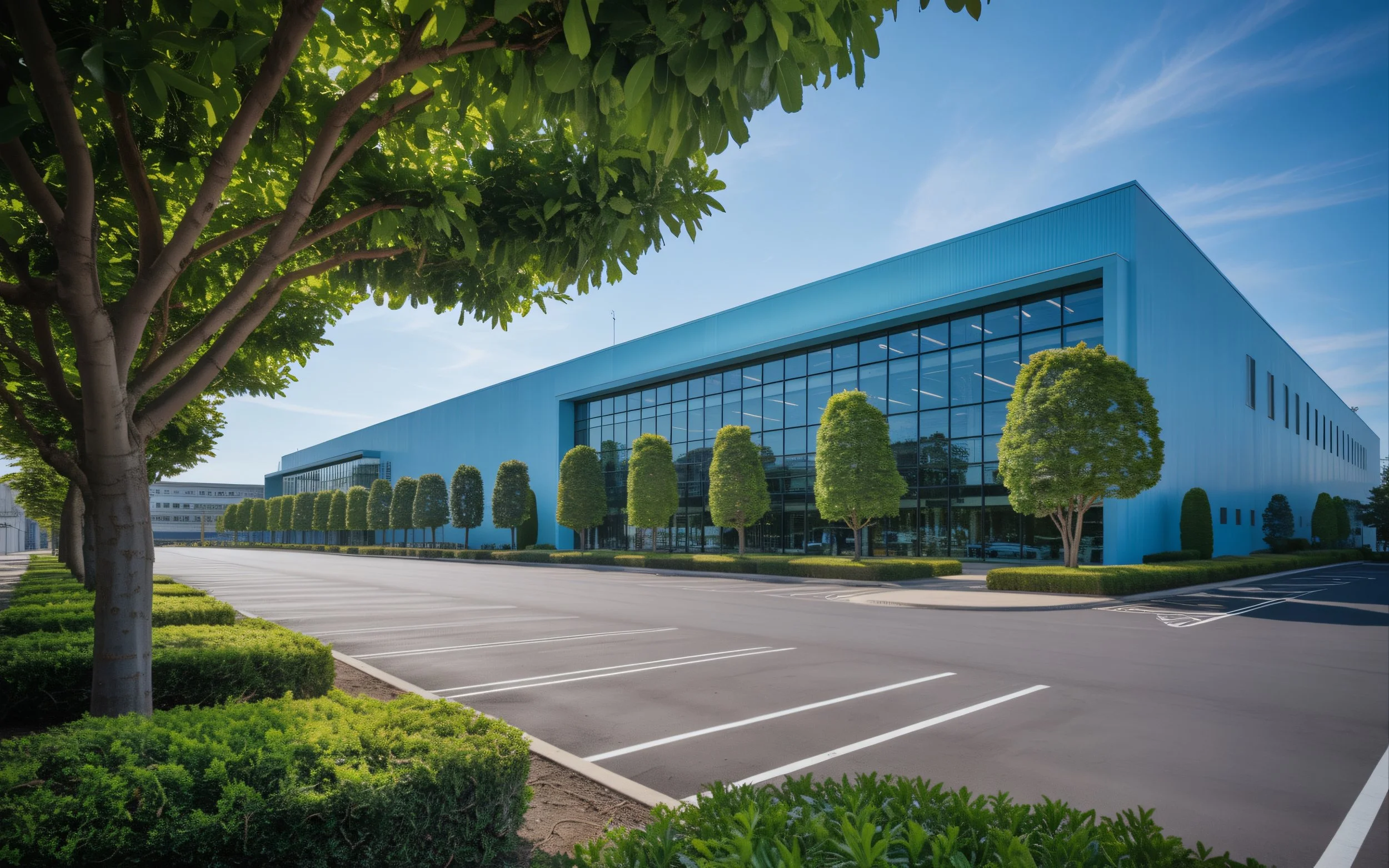Frequently Asked Questions
-
Project Turbo is located on a 119-acre site at 2400 O’Kelly Road off Candler Road in Gainesville, Georgia.
It is 3.4 miles off Exit 20 of Interstate 985 — in the Industrial and Employment Corridor of Hall County (Georgia).
Neighboring sites include industrial manufacturing and poultry processing businesses.
View maps of the proposed location here.
-
Project Turbo includes 3 buildings, totally approximately 900,000 square feet on the 119-acre site
It is located in the Industrial and Employment Corridor of Hall County (Georgia)
-
Project Turbo will utilize a closed-loop cooling architecture, eliminating the need for resource-intensive water usage.
The water used in the closed-loop cooling system will be recycled continuously through the loop for server-side cooling, reducing the total building’s water usage to that of the operations of the on-site staff and irrigation.
As with any other traditional industrial or commercial business, the non-cooling/operational water usage by the on-site employees will be returned to sanitary sewer (with POTW approval) or a permitted EPD/NPDES outfall with sampling and reporting requirements.
*Most of the maximum capacity is for fire flow in the event of a fire. Average daily operational water usage will be significantly lower than the 225,000 gallons / day maximum.
Learn more about the water system design for Project Turbo here.
-
Project Turbo will have low impact on water resources.
Gainesville is one of five (5) municipalities* that are permitted by the Georgia Environmental Protection Division (EPD) to withdraw surface water from Lake Lanier for municipal water supply.
Gainesville’s current permitted limits for withdrawing from Lake Lanier:
Max 24-hour day: 35 Million gallons / day*
Project Turbo Water Usage:
Max 24-hour day: 225,000 gallons / day
(Note: Most of the maximum capacity is for fire flow in the event of a fire. Average daily operational water usage will be significantly lower than the 225,000 gallons / day maximum.)
Project Turbo’s water usage is well-within the available capacity the Gainesville DWR has at its discretion to provide.
Learn more about the water system design for Project Turbo here.
*Source: https://epd.georgia.gov/lake-lanier-water-supply-storage
-
NO. Here’s Why:
Through the Gainesville DWR, Project Turbo conducted pressure tests at the two water lines that would service the site to ensure that the facility is designed within these limits.
Project Turbo has access to (2) water lines: an 8" on O’Kelly and a 12" on Wallace Rd.
The flow rates at the fire hydrants closest to the site are 765 gallons per minute and 1,203 gallons per minute at 20 PSI.
The hydrant flow test supports that these 2 hydrants can provide over 2.8 million gallons / day, leaving over 2.5 MGPD of available flow in the water lines after Project Turbo’s water needs.
-
NO. Here’s Why:
Power consumed for Project Turbo is separate and independently-sourced. It does NOT consume power from existing grid load.
In January 2025, the Georgia PSC (Public Service Commission) "voted unanimously on Thursday to approve a new rule that allows Georgia Power to charge new data centers in a manner that will protect ratepayers from cost shifting.
In addition to site specific costs, the data centers would pay for costs incurred by upstream generation, transmission and distribution to these large-load power users as construction of the data centers progresses.
This protects Georgia Power’s residential and other commercial/industrial customers.” (Source: https://psc.ga.gov/newsroom/media-advisories/page2)
Georgia EMC’s have adopted similar protocols to ensure that the upstream costs of infrastructure upgrades are paid for by the data centers to ensure that ratepayers are protected and prevents cost-shifting.
-
Equipment at the data center will produce 60-70 decibels of noise — about as loud as a washing machine or vacuum cleaner.
The noise level is expected to be slightly lower at the property boundaries, about 55 decibels.
Generators will ONLY run during Emergency grid outages. Regular testing will be conducted in phases and batches in order to stay below the required noise threshold.
-
The data center is estimated to produce 82 tons / year.
For reference, 1 roll-off dumpster (like one used in a home renovation) holds approximately 8 tons.
Key Milestones




